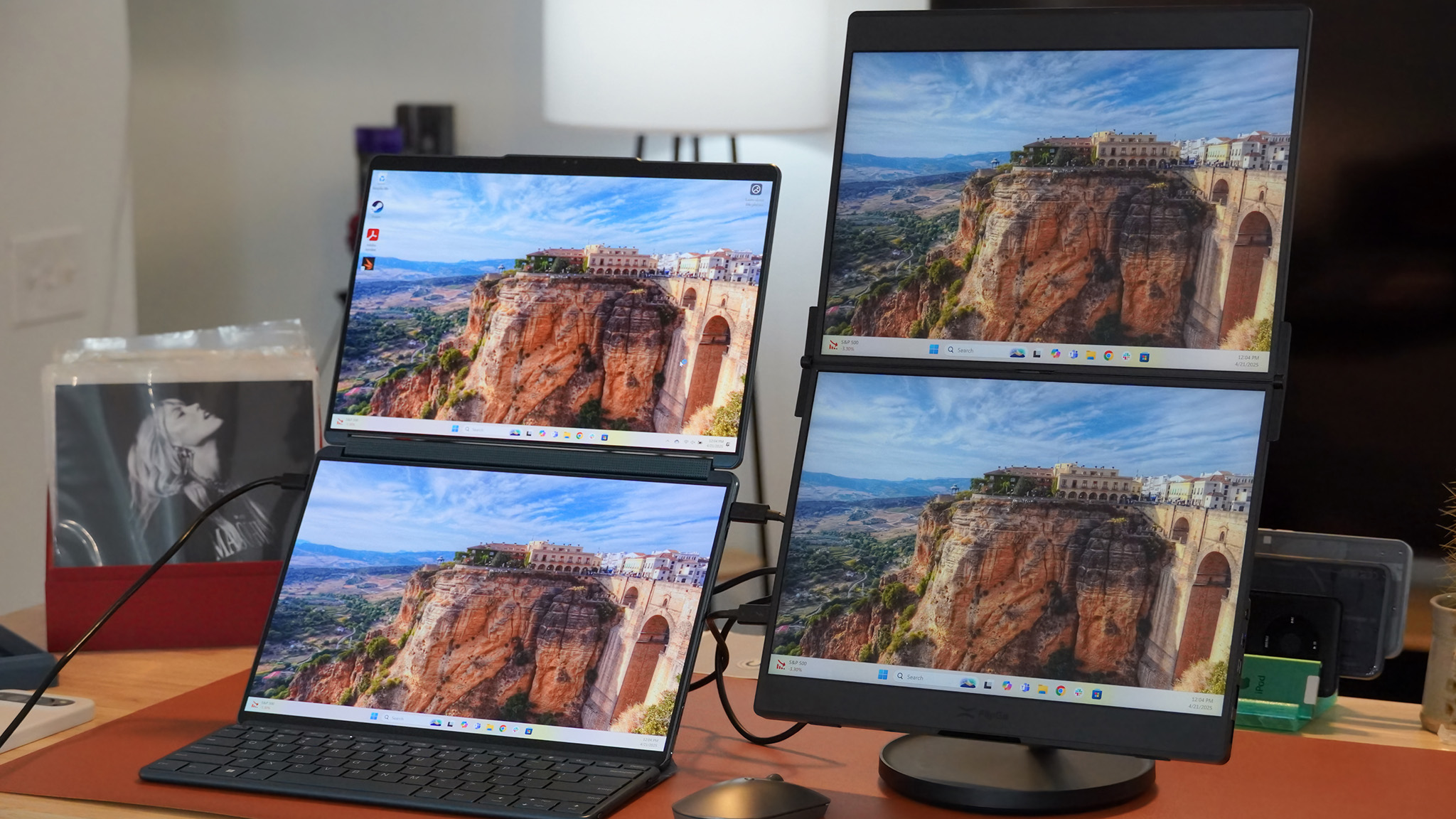What's the future of mobile gaming? - Talk Mobile
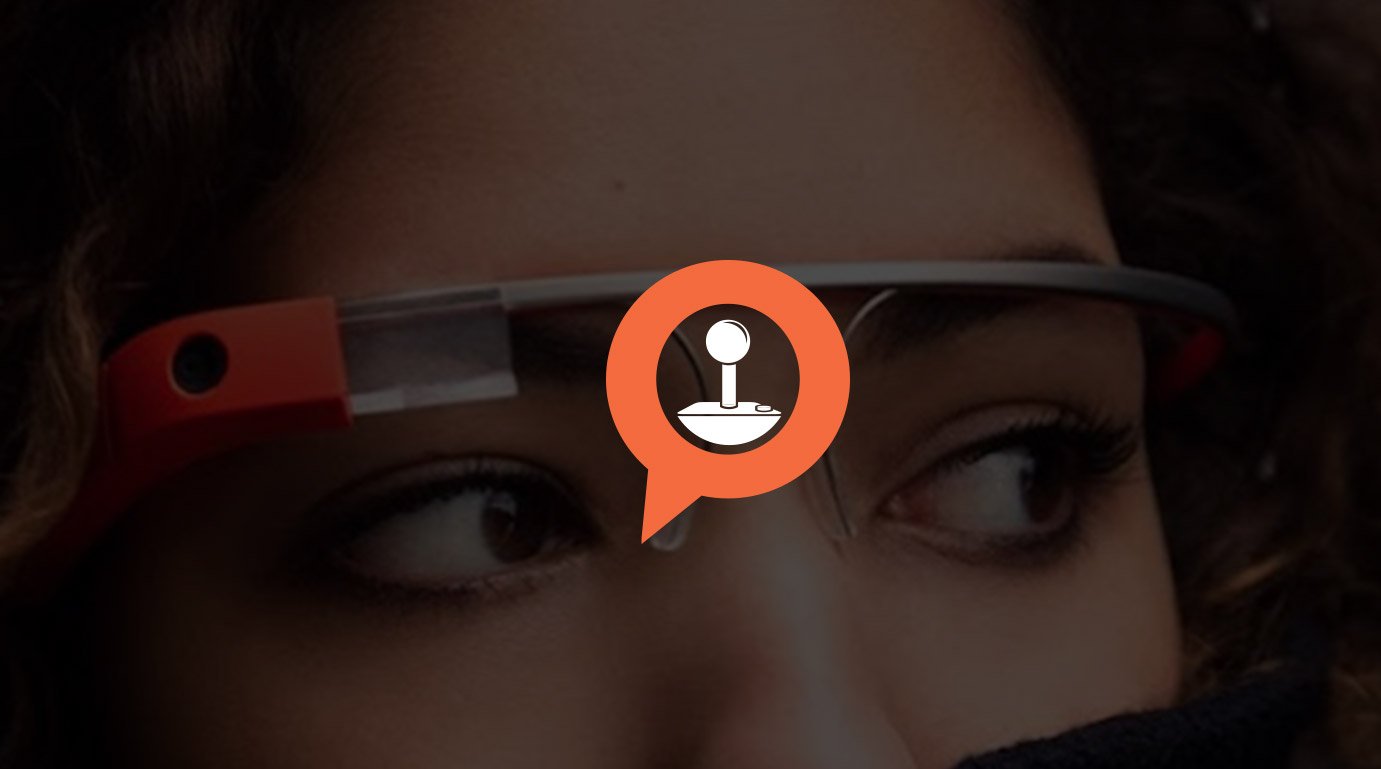
Presented by Blackberry
Talk Mobile Gaming
What's the future of mobile gaming?
As much as mobile technology has advanced in the last five years, the evolution and revolution of the next five years is going to be even more drastic. Who would have thought that today we'd have cellular data connections that outstrip most hardwired home connections, or screens with pixels so small we can't discern them with the naked eye? Or that we'd be cramming all of this into phones a quarter of an inch thick?
Five years ago the best games we had were basic racers, two-dimensional strategy games, and variations on board and card games. Today when you fire up your app store there are graphically-rich racers, intense shooters, interactive puzzles, physics engines put to work powering animated slingshots, and so much more.
Just what does the future hold in store for mobile gaming?
Let's get the conversation started!
Be an expert in 5 minutes
Get the latest news from Android Central, your trusted companion in the world of Android
By Daniel Rubino, Kevin Michaluk, Phil Nickinson & Rene Ritchie
Play
- Rene: On a quest for the virtual reality Holy Grail

- Phil: 3D, and how execution matters

- Daniel: Approaching critical mass for motion control gaming

- Kevin: New hardware begets new gaming experiences

The Future of Mobile Gaming
Articles navigation
- On virtual reality
- Video: Anders Jeppsson
- 3D - execution matters
- Motion control gaming
- New hardware - new experiences
- Video: Guy English
- Conclusion
- Comments
- To top

Rene Ritchie iMore
On a quest for the virtual reality holy grail
However, another popular sci-fi mainstay, the virtual reality headset, could be a lot closer. We don't need to paint a room or fake out our brains if we can cover our field of vision and dazzle our eyes. Sure, it's not the same, but one-to-one tracking strapped to our faces is far closer to a reality than anything Jean-Luc Picard or Neo get to experience.
In fact, it's almost here already in products like the Oculus Rift, which we've seen demonstrated at the Consumer Electronics Show and Game Developers Conference. It's a project bordering on a product, but if you've ever tried it, or ever seen someone try it...
The technology disappears and all that's left is the experience
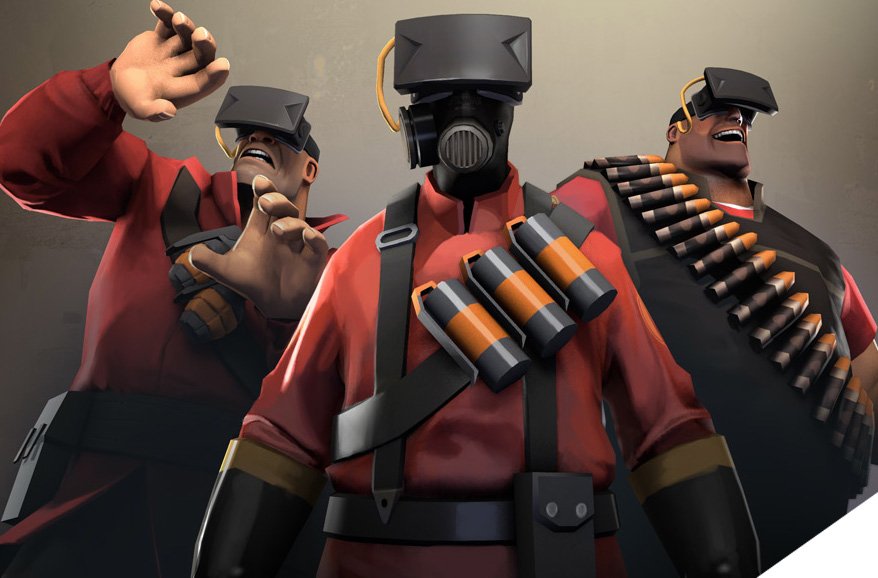
How does virtual reality work?
As humans we see in 3D, but what we are actually seeing is a composite of two 2D images - one from each eye - interpreted into 3D by our brains. The offset of just a few inches between our eyes allows for slightly different perspective views, a phenomenon called 'parallax'.
Virtual reality works on the same concept, except that it provides the two parallax images for us. With a pair of properly aligned images, the human brain will combine the images it receives just as it does the real world, by filling in the gaps and creating a 3D interpretation that seems just like reality.
You look out. You look up. You see snowflakes. You reach for them. In that moment, the technology disappears and all that's left is the experience. It's transformative.
Perhaps Google Glass is heading that way as well, and who knows what Apple, Microsoft, and BlackBerry, and companies like Nvidia, and small startups we've yet to hear about, are working on deep in their vaults.
One day we might just put on a pair of glasses, link to our mobiles, and see games explode across our virtual horizons. Everything from first person shooters to casual puzzlers could be amazingly, experientially, virtually real.
It certainly won't be practical all the time, or even most of the time, but for immersive gaming, for when we want to turn on and truly tune out, when we want to explore worlds other than our own, for the first time it'll be a possibility. And it'll be sooner rather than later.
I want it now.
Q:
Is there a place in mobile for virtual reality?
313


Virtual reality and augmented reality are very cool but no one has proved a viable use case yet, especially one that scales.
- Anders Jeppsson, Head of Global Gaming Category, BlackBerry


Phil Nickinson Android Central
Execution matters, especially when trying something new like 3D
Is there anyone out there who doesn't think 3D on phones and tablets was a failure? There are folks out there who love their 3D phone, of course, but fortunately that idea died out after a couple of tries in 2011. HTC's EVO 3D on Sprint failed to catch on, as did the LG Optimus 3D and the dozen other 3D smartphones built by smaller manufacturers.
That's not to say that trying 3D was a bad idea. The mobile space needs more innovation, not less. And that includes the occasional crackpot idea that might be so crazy it works. (It can't be coincidence, however, that more than one manufacturer decided to try 3D devices at roughly the same time, right?) 3D was one of those. Television manufacturers were aggressively pushing it -- so why not mobile?
The mobile space needs more innovation, not less
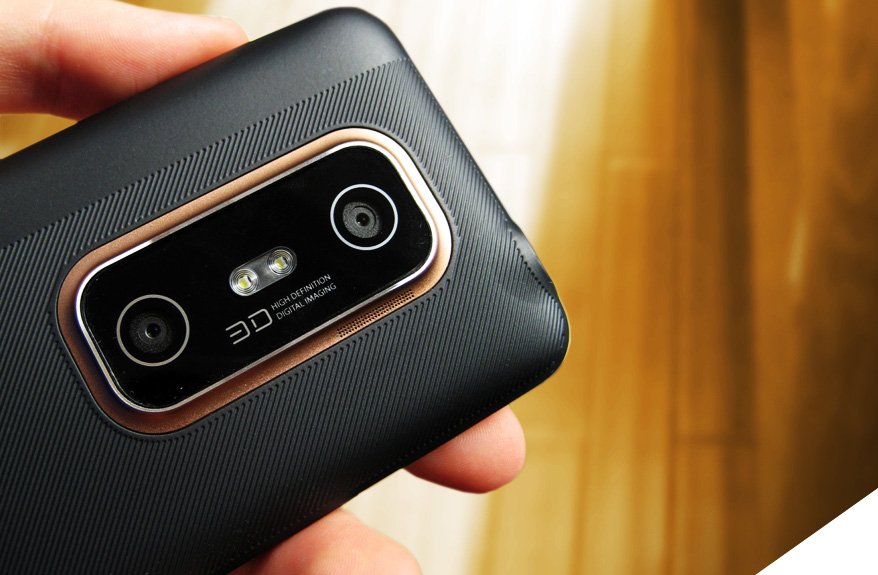
What is 3d mobile?
Much like virtual reality, 3D screens and cameras on mobile work on our brains in a very similar manner. We're presented with parallax-differentiated images for each eye, and our brain composites the two into a 3D interpretation. The difference is that with a 3D screen used without special glasses the two images are displayed right on top of each other.
These autostereoscopic, or 'passive 3D', screens work by essentially doubling the resolution of the display, alternating columns of the left eye and right eye images. These rows are separated by a lenticular prism. This corrugated prism directs the left and right images in an appropriate direction, though this 3D display method has severely limited ideal viewing angles and distances.
The problem with 3D was twofold. First and foremost, not everyone can stand the tech. For as good as it was -- and it wasn't necessarily horrible -- it definitely could be hard on the eyes. Nature just didn't build us to focus and converge on different planes, and if there's one place you need less eyestrain, it's on your phone.
Q:
3D on mobile - a bad idea, or just poor execution?
313
The other factor was 3D content. What good is a 3D phone if you don't have any 3D content to use on it? Movies are an obvious first choice, but, again, tough on the eyes. Some games actually were not horrible in 3D, but they were few and far between and, again, the eyestrain thing. The few 3D phones that came to market did so with "Hubs" of content, but the hubs weren't all that extensive and a little clumsy to navigate. You could upload your own 3D content to Youtube, but that never took off, either.
It's entirely possible we'll see another 3D mobile device at some point, but I wouldn't bet on it. Gimmicks generally aren't cheap, and nice devices tend to lack economy of scale needed for profits in such a tight space.


Daniel Rubino Windows Phone Central
Approaching critical mass for motion control gaming
Motion controls. They're forever right around the corner as becoming "the next big thing". Whether it was Nintendo's PowerGlove from the 1980's or the Wii, the idea of throwing away the controller for using motion always seems so close. Heck, Nintendo's Wii, and later Microsoft's Kinect, could be argued as the moment of critical mass for this technology. The original Wii console has sold nearly 100 million units, while the Kinect add-on for Xbox 360 has been purchased by 24 million gamers.
Yet, they're still not exactly perfect just yet. From yelling repeat commands to missed movements, both Wii and Kinect do better than 50% for accuracy for most users but still far less than the reliability found in physical controllers, often leading to frustration and a novelty feeling.
Wii and Kinect could be argued as the moment of critical mass for motion control
In theory, the lack of learning the rapid button presses of a handheld controller could prove to be a benefit for those who have never 'gamed" before. The Wii and Kinect have clearly demonstrated that such a strategy can open doors to previous non-gamers by using simple gestures and motions like jumping and dodging. The question is, will it go beyond that?
Clearly Sony, Nintendo and Microsoft all see value in motion controls and are betting a lot on the technology. Between the current success of such systems and the rapidly improving know-how around it, motions controls will certainly play an important role in gaming for the future. Not only does it make gaming more accessible by, once again in theory, reducing the learning curve but it also gives game developers another avenue for creativity.
Q:
Does "hands-off" motion control have a place in mobile?
313

how does motion control work?
There are two different schools of motion control, best described by the differences between the Nintendo Wii and Microsoft Xbox Kinect.
The Wii uses a wireless controller that contains a number of sensors. These accelerometers and gyroscopes track the orientation and speed of the controller. By extrapolating the movement of the controller, the game can determine the controller's location in 3D space.
On the other hand, the Kinect system relies on a trio of cameras to image the environment in 3D: one visual and two infrared. These two infrared sensors detect a grid of dots projected by an infrared laser, building a 3D map of the environment.
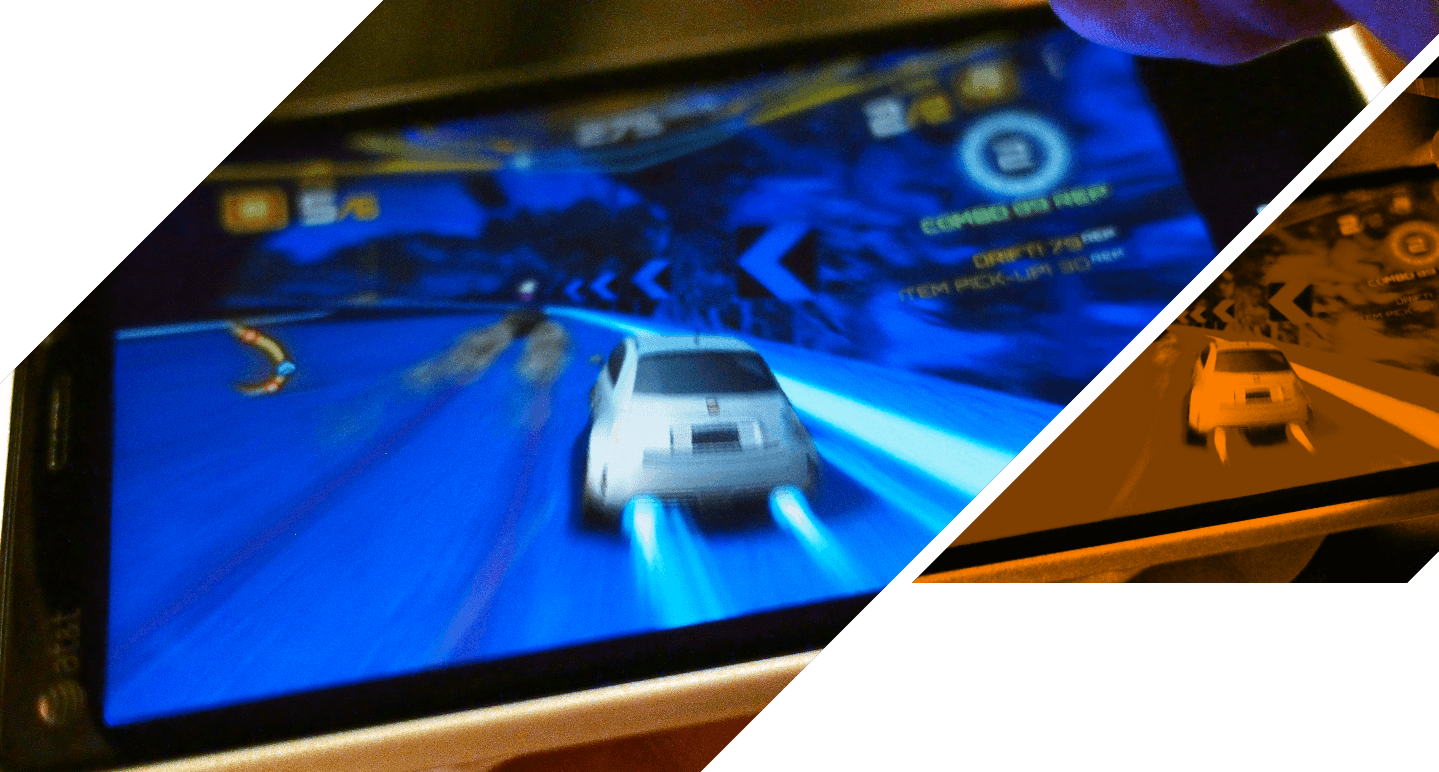

Kevin Michaluk CrackBerry
New hardware begets new gaming experiences
We've spent some time talking about the future of mobile gaming with regards to new and emerging technologies, but how is this all going to apply to the near-term future of mobile games? What is mobile gaming going to look like one year from now?
The truth is, it's not going to be much different than what we have today. The experiences we've talked about with motion controls and virtual reality headsets require new hardware and long lead times for developers. Oculus Rift developer kits haven't been out that long, and game developers are going to focus first on where development is going to be easiest - and that's desktop gaming. These new technologies will eventually filter down to mobile gaming, but it's going to take a while.
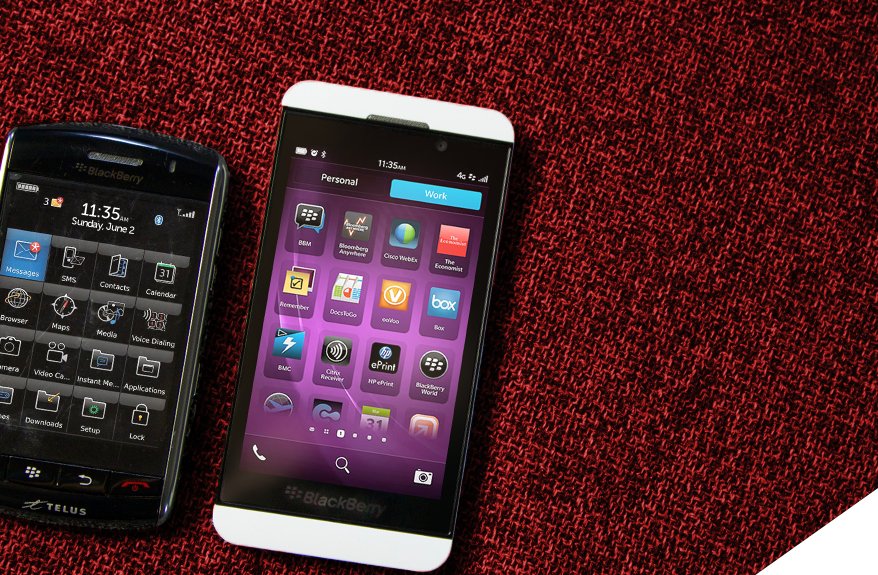
How far has mobile tech come in five years?
The iPhone 3G had 3.5-inch 320x480 display. The Samsung Galaxy S4's display is 5-inches with a resolution of 1080x1920.
When it launched in 2008, the HTC G1/Dream had a single-core 528 MHz processor. 2013's HTC One has a 1.7GHz quad-core processor.
The BlackBerry Storm launched in 2008 with 128MB of RAM and 1GB for storage. By 2013 the BlackBerry Z10 has 2GB of RAM and 16GB of storage.
What's going to be interesting is watching how mobile game developers take advantage of the hardware currently available. The pace of hardware development has been accelerating over the past few years, to the point where we now have smartphones and tablets sporting quad- and octo-core processors. But here we are today with absurdly powerful hardware that games are just getting around to taking full advantage of. Of course, your battery life is going to suffer when they do.
AAA games might be where the money is, indie developers are where the innovation happens
It's going to be the big studios developing powerful AAA games with rich graphics that take advantage of all that hardware. But the big games play it safe, their going to be predictably entertaining, easy-to-play, and won't be pushing the envelope much outside of increasingly complex graphics and engines.
The independent developers, however, that's where the real innovation is going to happen. Their investment is smaller, but their potential for reward can be much greater with a breakout hit. Indie developers push the gameplay envelope, they're the ones that innovate with new gameplay concepts and control schemes and unique implementations of new technologies. We've said it before in this discussion - while AAA games might be where the money is, indie developers are where the innovation happens.
Q:
Where do you see mobile gaming going in the next year?
313
It's not likely that one year from today you'll be hooking up a virtual reality headset to your smartphone or waving your hand over its screen to control a game. But it's likely that two or three truly interesting and innovative games from a handful of small independent developers are going to take the mobile gaming world by storm yet again, pushing the envelope of what we consider entertainment.


To me, the future of mobile gaming means you'll be able to just walk into someone's house, hit a button, and you're playing a game with them on their TV.
- Guy English, Host of Debug, Game Developer
Conclusion
It used to be the governments that funded the research of the future, or the educational institutions. Increasingly, now, it's entertainment. Superman made us believe a man could fly. Jurassic Park made dinosaurs once again walk the world. As entertainment grows beyond movies and TV, and millions of dollars flow into the big gaming franchises, that's how the future will be funded. That's why people will demand better graphics and more immersive digital experiences.
And that's exciting. The future is exciting.
We're standing on the precipice of the next revolution of technology, including virtual reality headsets like the much-anticipated Oculus Rift, gesture-based controls like Microsoft's Kinect and Leap Motion, and wearable computing in the form of Google Glass. Sure, some technologies have floundered. 3D has been beaten around and pretty much left at the curb. The future of the Wii U looks uncertain. But that's how the future is born.
We want what's next. Triumphantly, tragically, audaciously, absurdly next. We'll embrace the fantastic and merciless castigate the stupid. Just give it to us.
What's going to catch on, what's going to take off? That's the question. What's going to be the hot new display, control, and interface of the next 5 years?
It's your turn to tell us. What's going to be the future of gaming?
- Can mobile gaming kill consoles?
- What's the dark side to mobile gaming?
- How can mobile get its multiplayer game on?
- Why isn't mobile gaming better?
- What's the future of mobile gaming?
- Gaming Week Recap: The best things you said
(Team Fortress image source: TeamFortress.com) (Nintendo Virtual Boy image source: Wikimedia Commons, Wikipedia)

